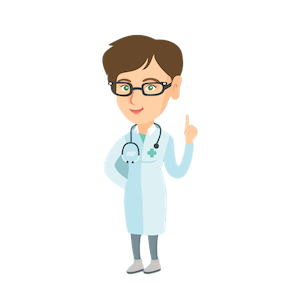The aim of ovarian stimulation treatments is to achieve maturation and ovulation of one or more mature oocytes.
A distinction is made between mono- or bifollicular stimulation proposed as a treatment for ovulation disorders or as a prerequisite for IUI, and plurifollicular stimulation performed as part of IVF protocols.
1 SIMPLE OVULATION STIMULATION
The aim of this treatment is to obtain the development of one or two mature follicles, enabling the release of one or two mature eggs ready for fertilization through the natural route.
Two types of molecules can be used: clomiphene citrate or gonadotropins. In the first case, clomiphene citrate tablets are taken at the very beginning of the cycle; in the second, gonadotropin injections begin earlier or later in the cycle, at doses chosen according to weight, follicle count and AMH levels.
Around days 10-12 of the cycle, the effect of the treatment is checked by pelvic ultrasound and blood sampling. The aim of this monitoring is to check the number of growing follicles and adapt the treatment.
When the criteria for follicular maturity are reached (16 to 20 mm), ovulation is triggered by an injection of hCG. Ovulation occurs 36 to 40 hours later.
Simple stimulation is proposed to women with ovulation problems during “scheduled intercourse”.
It is also used for intrauterine insemination.
Simple ovarian stimulation is a very well-tolerated treatment. The main risk of ovulation stimulation treatments for scheduled intercourse or IUI is the occurrence of multiple pregnancies.
2 STIMULATION PLURIFLOLLICULAIRE
The aim of plurifollicular stimulation is to obtain simultaneous growth of several follicles on each of the two ovaries during the same cycle.
Plurifollicular stimulation is the first step in IVF and IVF-ICSI treatments.
It requires a dozen days of gonadotropin injections and closer monitoring with pelvic ultrasound and blood hormone levels..
Plurifollicular ovarian stimulation is generally well tolerated. Pelvic discomfort such as discomfort or pelvic heaviness may occur at the end of IVF treatments, due to the increased volume of the ovaries.
The main complication of these treatments is ovarian hyper-stimulation syndrome, which occurs mainly in young women with a high ovarian reserve. For patients at risk of developing ovarian hyperstimulation, appropriate stimulation protocols should be chosen.


